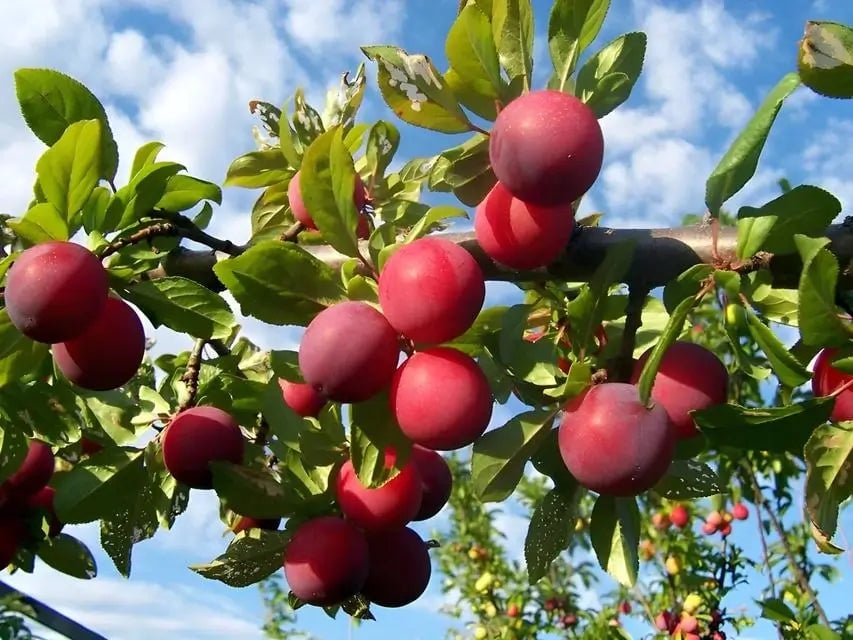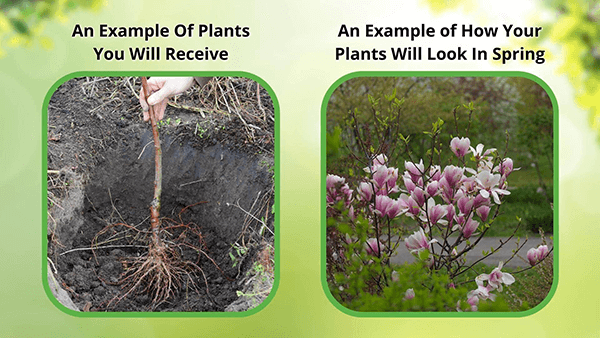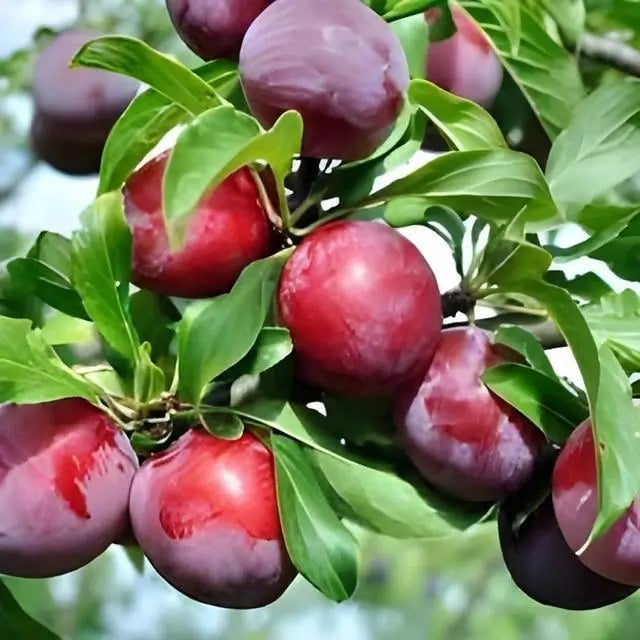



Plum Fruit Tree
This plant ships:
Spring 2026We sell bare root plants - click here to see what you'll receive
Plum Fruit Tree: Prunus Domestica
Plum fruit trees produce smooth-skinned, juicy produce with various colors, including red, purple, and yellow, typically surrounded by oval-shaped leaves. They are versatile and attractive types with numerous benefits when incorporated into landscaping designs. With its ornamental features and adaptability, it can enhance the visual appeal of outdoor spaces. Also known as Prunus domestica, and they will give you plenty of them after the first three to six years. When one of these deciduous plants is first planted, they'll appear shrub-like.
The Flowers Of The Plum Fruit Tree
The Fruits Of Plum Fruit Trees
Different Varieties Of Plum Fruit Trees
Do they grow in America
Yes, they are grown throughout America, and there are different types for different zones. They are grown for commerce and local consumption in yard and garden plantings, primarily in California and Michigan.
Where do they grow best?
They grow best in slightly alkaline soil that is well-drained and exposed to sunlight. They prefer areas with moderately cold winters and relatively higher summer temperatures, which are common in temperate climates.
What is special about them?
They are particularly valued for using produce and ornamental importance when blossoming in spring.
Where are they grown in the USA?
Commercial types are mostly grown in the US, especially in California, which has a mild climate. The other big states are Michigan, Oregon, and Washington.
What is the best climate for them?
Outside of these parameters, plum fruit trees prefer moderate winters and warm summers to get the right climate for growth. These depend on the chilling hours to set produce, hence suitable for regions with relatively moderate cold winters.
| Planting zone | [3, 4, 5, 6, 7, 8, 9, 10] |
|---|---|
| Bloom season | Spring |
| Bloom color | White |
| Height At Maturity | Under 25 Feet |






Plum Fruit Tree
This plant ships:
Spring 2026| Planting zone | [3, 4, 5, 6, 7, 8, 9, 10] |
|---|---|
| Bloom season | Spring |
| Bloom color | White |
| Height At Maturity | Under 25 Feet |

